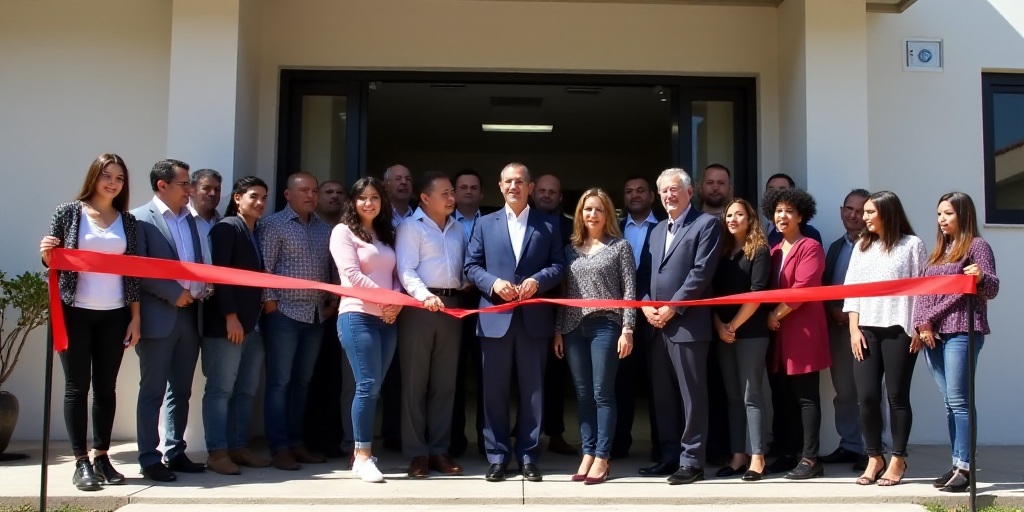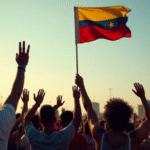Introduction
The Mexican state of Tabasco showcased its tourism strategy at the federal Secretariat of Tourism (SECTUR) space, Punto México, emphasizing its shift from a traditional oil-based economy to one centered around sustainable tourism experiences. The state aims to attract travelers and investors by highlighting its rich natural and cultural resources.
About Tabasco
Tabasco is known for its abundant natural resources and cultural heritage, making it an attractive destination for ecotourism and historical exploration. The state’s offerings include the Pantanos de Centla Biosphere Reserve, the largest wetland in Mesoamérica, and the historical significance of the Olmec civilization, considered the “mother culture” of Mesoamérica. The Mayan heritage is also present in the unique archeological site of Comalcalco, built entirely of bricks.
Transportation and Connectivity
Tabasco’s accessibility is enhanced by the Carlos Rovirosa Pérez International Airport, connecting it to major Mexican cities like Mexico City, Monterrey, Cancun, and Guadalajara. The Tren Maya further facilitates tourist access to the southeastern region’s tourism corridors. Additionally, Tabasco’s strategic port system in the Gulf of Mexico supports nautical tourism and strengthens its connection to the Caribbean and Gulf regions.
Infrastructure Development
The Villahermosa 2030 plan aims to modernize terrestrial and water transportation, along with the construction of a new convention center. These developments aim to establish Villahermosa, Tabasco’s capital, as a host for national and international events.
Economic Impact
Tourism currently contributes 4.8% to Tabasco’s Gross Domestic Product (GDP) and has proven its potential to generate jobs and stimulate local economic growth. Events like the Fiesta del Pueblo 2025, which attracted over 2.5 million visitors, demonstrate the sector’s capacity to drive local consumption and growth.
Government Support
Governor Javier May Rodríguez’s administration remains committed to supporting entrepreneurs, streamlining administrative processes, and providing technical assistance to bolster tourism and economic projects within the state.
Upcoming Events
Tabasco’s authorities have extended invitations to upcoming events, including the Cultural Ceiba Festival (October 17-19), the Tabasco Chocolate Festival 2025 (November 13-16), and the Tabasco 2026 Fair (starting April), which promises to gather millions in a celebration of culture, tradition, and joy.
Key Questions and Answers
- Q: What is Tabasco’s strategy to boost its economy? A: Tabasco is transitioning from an oil-based economy to one centered around sustainable tourism experiences, leveraging its natural and cultural resources.
- Q: What are Tabasco’s main tourist attractions? A: Tabasco boasts the Pantanos de Centla Biosphere Reserve, Olmec cultural heritage, and the unique Mayan site of Comalcalco.
- Q: How does Tabasco’s transportation system support tourism? A: The Carlos Rovirosa Pérez International Airport and the Tren Maya rail system connect Tabasco to major cities and tourism corridors, while the port system supports nautical tourism.
- Q: What is the Villahermosa 2030 plan? A: The Villahermosa 2030 plan aims to modernize transportation and establish a new convention center, positioning Villahermosa as a host for national and international events.
- Q: How does tourism contribute to Tabasco’s economy? A: Tourism currently accounts for 4.8% of Tabasco’s GDP and has demonstrated its ability to generate jobs and stimulate local economic growth.






